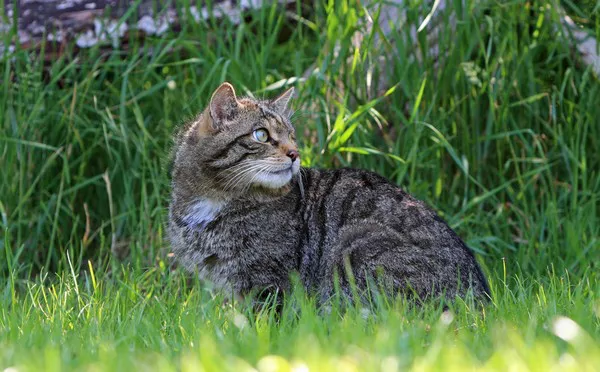If you’re considering adding a Bombay cat to your family, you may be wondering about their shedding habits. Do these sleek black felines shed a lot? The short answer is yes, but like most things in life, the truth is a bit more complicated than a simple “yes” or “no.”
In this article, we’ll take a closer look at Bombay cats and their shedding habits. We’ll explore why cats shed, what factors can influence shedding, and how you can manage shedding in your home. By the end of this article, you’ll have a better understanding of whether a Bombay cat is right for you and your household.
Why Do Cats Shed?
Before we dive into the specifics of Bombay cats and shedding, it’s worth taking a moment to understand why cats shed in the first place. Unlike humans, who constantly grow and replace hair follicles, cats go through cycles of growth and shedding. This cycle is controlled by a hormone called melatonin, which is influenced by changes in daylight hours.
In general, cats shed more during the spring and fall, when their bodies are transitioning between warmer and cooler temperatures. During shedding season, cats’ old fur falls out to make way for new growth. This process helps regulate their body temperature, remove dead hairs, and distribute oils throughout their coat.
Factors That Influence Shedding
While all cats shed, individual factors can affect the amount and frequency of shedding. Here are a few things that can influence how much a Bombay cat sheds:
Coat Type: Bombay cats have short, glossy coats, which means they shed less than long-haired cats. However, even short-haired cats will shed some fur, so don’t expect a completely hairless home if you adopt a Bombay.
Health: Cats who are healthy and well-nourished tend to shed less than cats who are sick or malnourished. If you’re concerned about excessive shedding, it’s worth taking your cat to the vet to rule out any underlying health issues.
Age: Older cats may shed more than younger cats, as their bodies become less efficient at grooming and hair growth.
Gender: Female cats tend to shed more than males, particularly if they haven’t been spayed. This is due to hormonal changes that can affect coat growth and shedding.
Environment: Environmental factors like temperature, humidity, and stress levels can all influence shedding. For example, if your home is very dry, your cat may shed more to compensate for dry skin.
Managing Shedding in Your Home
If you’re worried about managing shedding in your home, there are a few things you can do to help keep things under control. Here are some tips:
Brush Your Cat Regularly: Regular brushing helps remove loose fur before it has a chance to settle on your furniture and floors. Use a soft-bristled brush or rubber grooming glove to gently remove dead hairs from your cat’s coat.
Vacuum Frequently: Invest in a high-quality vacuum cleaner that’s designed to pick up pet hair. Be sure to vacuum carpets, rugs, and upholstered furniture regularly to keep shedding to a minimum.
Wash Bedding and Linens: Your cat’s bedding and linens can trap a lot of hair, so be sure to wash them frequently to keep shedding under control.
Use Air Purifiers: Air purifiers can help remove pet dander and hair from the air, which can reduce allergens and improve air quality in your home.
Consider Diet: Feeding your cat a high-quality diet with plenty of protein and essential fatty acids can help promote healthy coat growth and reduce shedding.
Conclusion
Bombay cats do shed, but not as much as some other breeds. While you can’t completely eliminate shedding from your home if you adopt a Bombay, you can take steps to manage shedding and keep your home clean and comfortable. Regular brushing, frequent vacuuming, and proper nutrition can all help reduce shedding and promote a healthy coat.
If you’re considering adding a Bombay cat to your family, talk to a breeder or animal shelter about their shedding habits. With the right care and attention, a Bombay cat can be a wonderful addition to any household.

























